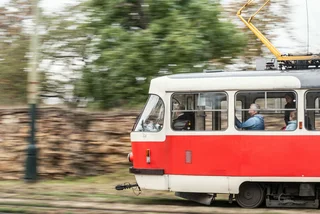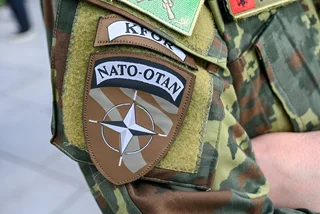Designs for the first two metro stations on the planned Metro D line have been chosen. The Metro D line will link the city center to the southern edge of Prague, and could be in operation with driverless trains by 2027.
The Pankrác and
Olbrachtova metro stations, both in Prague 4, are being designed by
Czech artists Jakub Nepraš and Vladimír Kokolia. Their designs won
an invitational competition by Metroprojekt, the Prague Public
Transit Company (DPP) and the City of Prague, held under the auspices
of the National Gallery Prague.
For both of the
first two stations, four Czech artists prepared designs. The jury
was chosen by giving priority to evaluators with artistic overlap,
represented by the National Gallery Prague’s director of the
Collection of Modern and Contemporary Art Michal Novotný, multimedia
artist Milena Dopitová and sculptor Kurt Gebauer. Design contests
will continue for all the other Metro D stations.
Vladimír Kokolia’s design for the Olbrachtova station tries to draw the visitor into the picture with a spatial illusion. Jakub Nepraš in his design for the Pankrác station used what he calls an allegorical dimension. The jury also praised the design’s compliance with Pankrác’s characteristics as a lively transfer point from the new line to the existing Metro C line.
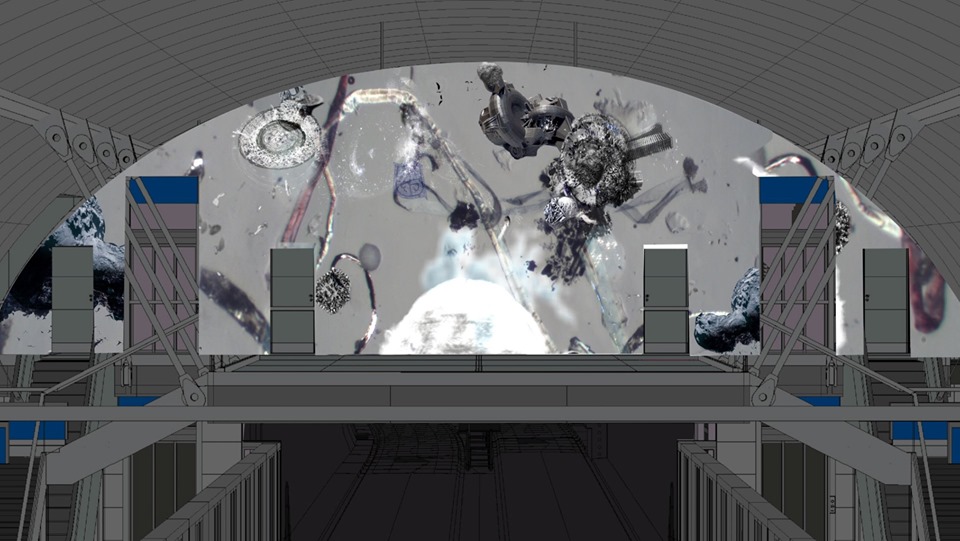
“Vladimir
Kokolia’s project responded to the architectural design of the
Olbrachtova station and its routine operation in a very sensitive and
casual way, but also with many details for repeated viewing from
daily passengers.” jury member Novotný said in a press release.
“In Jakub Nepraš’s project, the jury was impressed not only by the allegorical dimension, reacting to the underground location of the station, but also by how it fits in with the planned movement… as a certain pulsating point of the whole route,” Novotný added.
“I am pleased that
not only Vladimir Kokolia was chosen as one of the most respected
Czech artists abroad, but also Jakub Nepraš, who is a younger man
connected with new technologies and the sensitivity of another
generation,” he said.
Kokolia said the key
to him was the situation of waiting for the train to arrive, when the
passenger, unless he has a cell phone in front of him, simply kills
time in various ways.
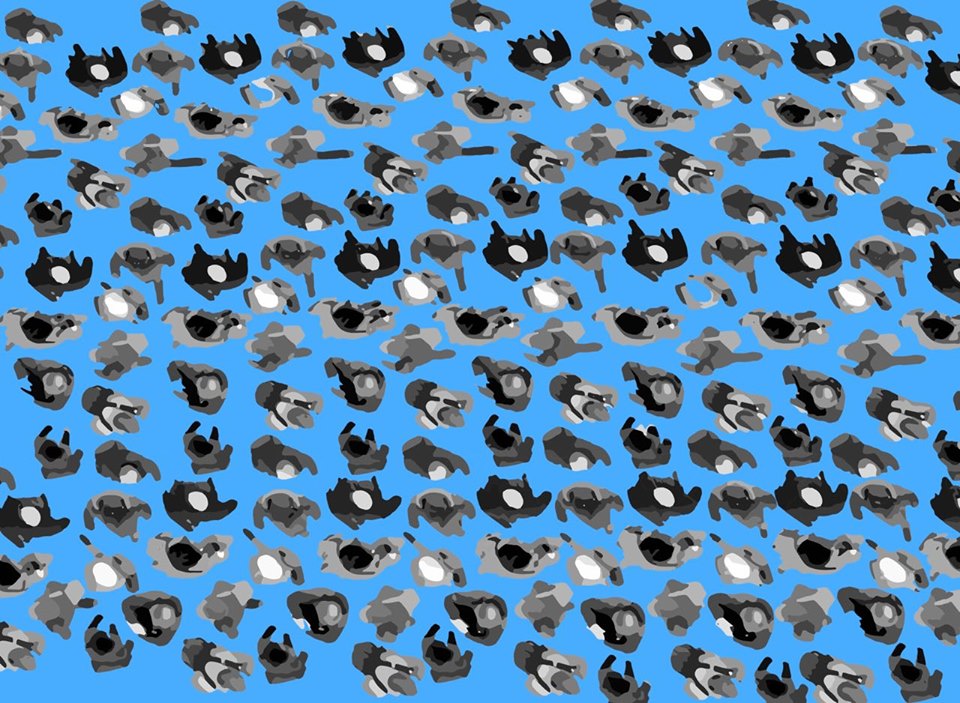
“I reached for a
method of auto-stereoscopic imaging, which I sometimes use in my free
creation when I really want to get the viewer ‘in the picture.’
In practice, such an image looks like a roller on the wall. However,
with a certain way of viewing, its surface texture will appear as a
spatial image. Usually it takes more than a few seconds, but
passengers have the time,” he said.
Nepraš said that in
his artistic rendition of Pankrác, he tried to make the whole work
together with the details. “I want to intelligently use the time of
passengers who have time to stop while waiting for the train. I
worked with the allegorical dimension of evolution, modern
technologies and inventions, inspired by nanoparticles that make up
people and everything around us in a cohesive superorganism,” he
said.
“This will change with the time of day, when the colors become warm later and activity slows down, or when the train arrives, when the station will light up and become more active. 3D sculptures above escalators will be seen by passengers in different perspectives; the spatiality and detail of the video objects will change smoothly as the escalators rise and fall,” he said.
Prague Deputy Mayor
Adam Scheinherr (Praha sobě) said
the intention is to make traveling in the new metro line
really pleasant for Praguers. “Prague’s oldest metro stations
have architectural and artistic value, featuring works of art such as
mosaics, sculptures and glass. In the past, subway stations were
built as a city showcase; from the stations you can sense
the architect and artist,” he said.
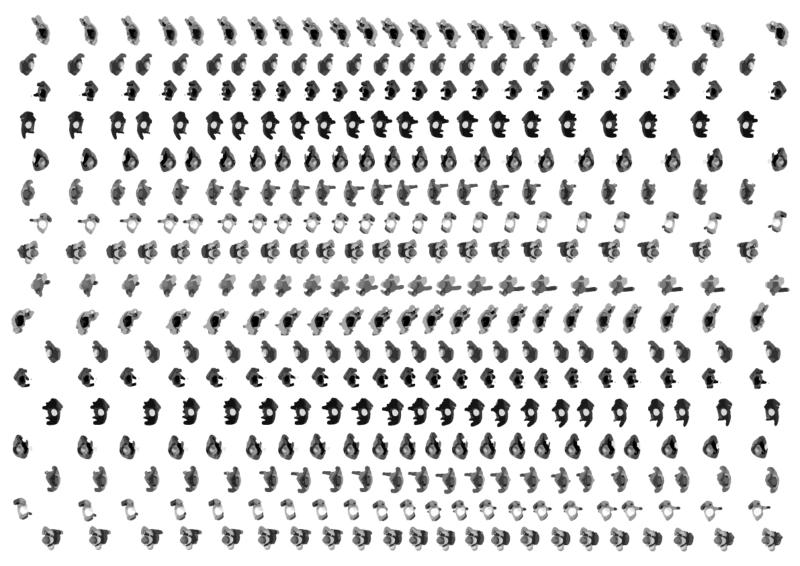
“We are
approaching all D stations with such care. We could no longer change
with the architectural design of the station without delaying the
entire construction, but thanks to the great efforts of many people,
the stations will be given a new visual design designed by top Czech
artists,” he said.
The overall
structure of the stations was designed in 2009, and building permits
were issued based on those. Substantial architectural changes would
require new building permits, which could take years to obtain.
Architect and
designer David Vávra worked with station architects to determine the
maximum number of elements that could be used to give a new visual
appearance to the stations, and to coordinate the selection process.
He is also ensuring
that there is a unified identity in the line so that it is clear to
the passenger which line they are on. The first sections of metro
lines A, B and C in Prague’s center were created in the same way.
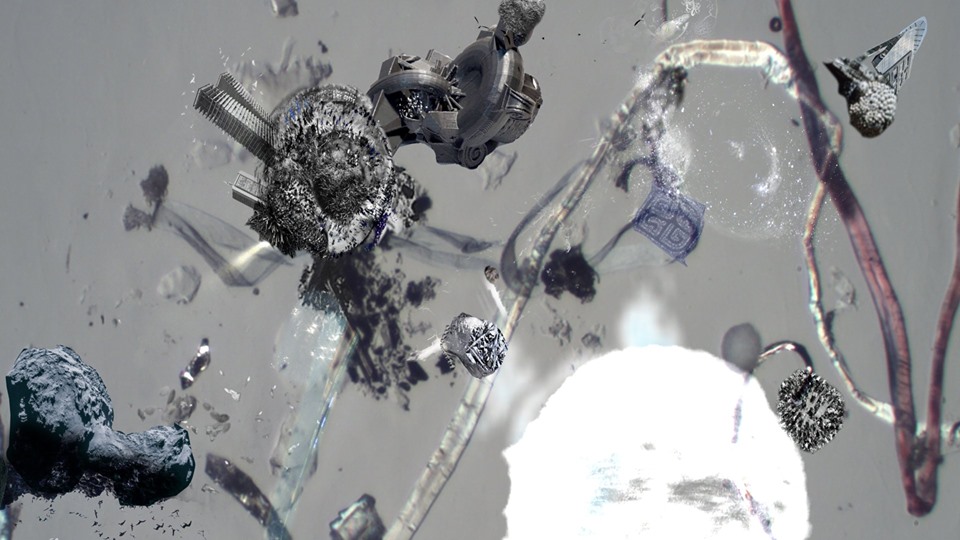
“The format of the
invitational art competitions at Olbrachtova and Pankrác stations
proved that it is possible to attract very interesting designs. The
architects of both stations, Pavel Sýs and Patrik Kotas, are just
starting to cooperate with the authors of the winning art designs for
their incorporation into the project. I am sincerely looking forward
to the result of their joint work,” David Krása, director of
Metroprojekt Praha, said.
Deputy Mayor Petr
Hlavacek (United Force for Prague) said the competition rose above
expectations. “The results show different views from two different
generations on the visual design for the stations. At one stop we can
look forward to proven quality, on the other to a bolder youthful
design. I am glad that we continue in the historical tradition and
that we pay adequate attention to metro stations,” he said.
The City Hall
coalition together with DPP wants to pay more attention to the
aesthetics of transport structures. In addition to the artisitc
competition for the first Metro D stations, they are also planning an
architectural competition for the complete transformation of the
planned station at náměstí Bratří Synků, where it is still
possible to intervene in the architectural design without delaying
construction.
“If we want to
achieve one of our medium-term goals to make Prague public transport
a full-fledged substitute for individual transport, it is necessary
to develop passenger comfort in addition to reliability, safety and
modern technology. This means not only comfortable seats, modern
auto-controlled metro cars, but also a tasteful, cultural environment
that passengers will feel comfortable in and enjoy using again,”
Petr Witowski, chairman of the board of directors and CEO of DPP,
said.
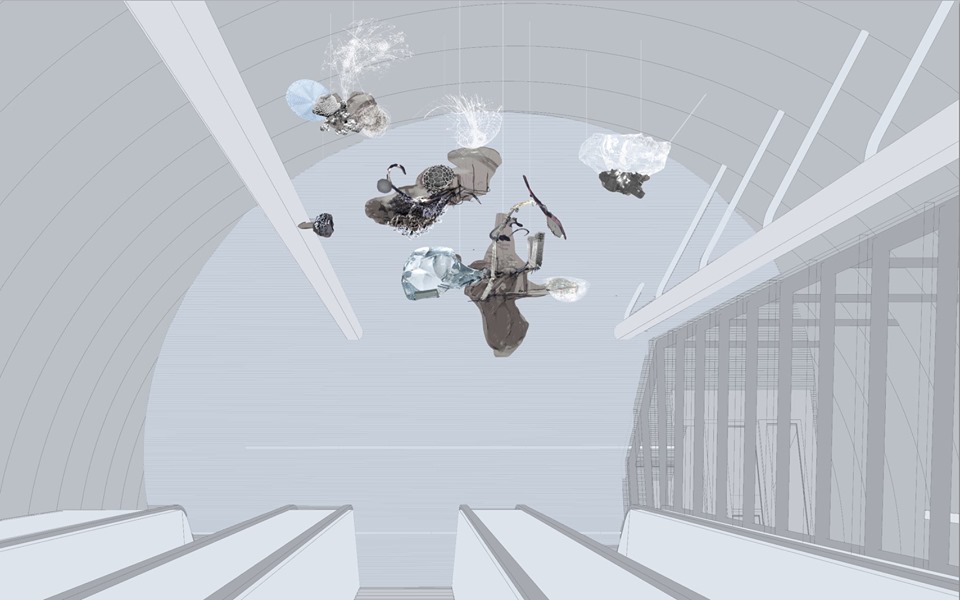
“I am therefore
glad that, thanks to the cooperation with the National Gallery and
our top artists, we will try to give the metro stations a uniform
visual form. However, it is equally important that the proposed
solution at the same time meet the practicality and economy, meaning
low costs of operation and maintenance of individual metro stations,”
he added.
Construction on the
Metro D line was originally was set to begin in 2010, and that was
moved to 2012, but again did not happen. The project is now moving
forward. A geological survey of the route is now under way, and
issues over the use of land at certain stations is being resolved.












 Reading time: 6 minutes
Reading time: 6 minutes 



















